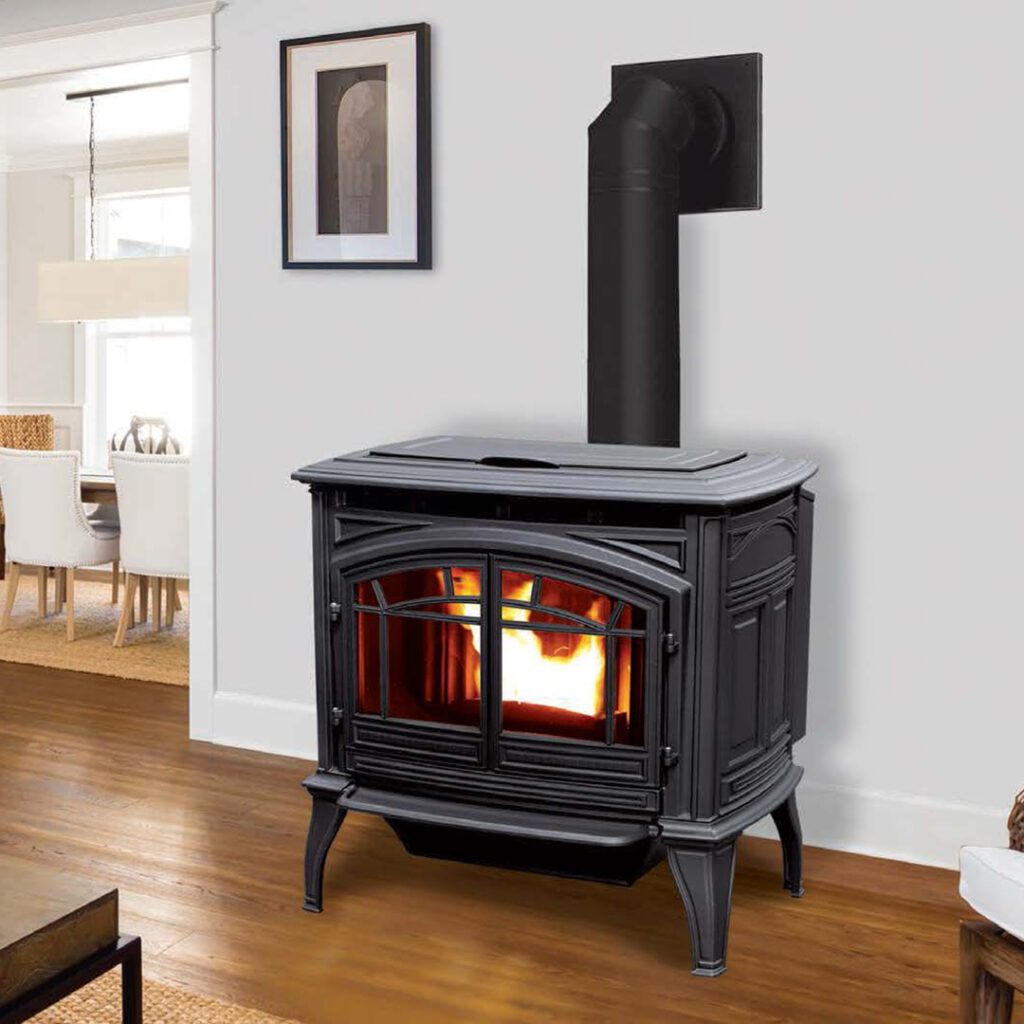Why Is Pellet Stove Maintenance So Important?
Pellet stoves have become very common and popular over the past few years. With the increase in home heating costs, families are searching for other means of heating their homes. Pellet stoves are one of those sources. Whether you use it as a primary or a secondary source, the heat from a pellet stove can be a great addition to any home.
Regular maintenance is important for any type of wood-burning stove or fireplace. This is not only for the unit’s efficiency but also to keep it running. Let’s talk about some of the benefits that basic maintenance on a pellet stove will bring you.

Maintenance Benefits
- Safety first. Cleaning out the pellet stove on a regular basis will improve safety as well. According to the CDC, creosote may cause health issues when inhaled or ingested. Creosote is also present when burning pellets. It is a chemical that is produced when burning fuels such as pellets or wood. The risks range from stomach pain, and skin, throat, and mouth irritation. Annual cleaning is important for your healthy well-being.
- Keep your stove burning more efficiently. Like any appliance, keeping all the parts of an appliance working properly keeps the mechanisms working efficiently.
- Increase longevity. Depending on how often you use your pellet stove, it can get quite grimy, build-up of creosote as well as the soot on the viewing window. Cleaning off the window daily as well as cleaning out the creosote will help the longevity of your stove. Build-up eventually eats away at the stove.
What to Expect With Your Pellet Service
- A complete vacuuming of pellets and debris. The hopper, auger plate, pressure, and /or latch switches will all be inspected.
- Cleaning of the ash from the liner and exhaust vent.
- The firebox will be completely cleaned. This including the burn pot, ignition assembly, heat exchanges, and exhaust ports.
- The door seal and exhaust seals will be inspected.
- The stove door will be completely cleaned.
- Combustion and convection blowers will be lubricated, cleaned, and tested for good working order.
- The electrical sensors and igniter will be inspected for good working order.
- We will start up the stove to make sure all components are in good working condition.
Don’t overlook the maintenance on your pellet stove. The best time to have your maintenance done would be in the spring before you start your fire-burning season. Once the season starts it is harder to get an appointment, our technicians are hard at work. We will work with you to get you on our schedule. We feel that your comfort is very important to you, and we want to help.

Professionals suggest conducting an annual cleaning and inspection of your pellet stove. When a problem arises, the best plan is to tackle it as soon as possible. This will cost much less than letting the damage to the stove go on too long. Schedule your inspection or cleaning soon by calling Northeast Chimney. We service all of Hartford, Tolland, and Litchfield Counties. All our chimney technicians are trained and qualified. We are active in the National Chimney Sweep Guild (NCSG).
The post Why Is Pellet Stove Maintenance So Important? appeared first on .
This post first appeared on https://www.mychimney.com





